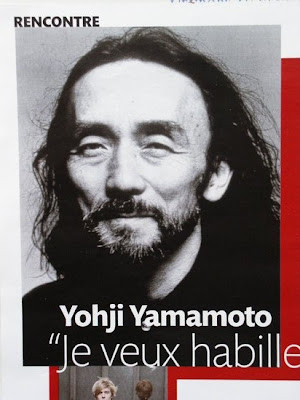Memoirs of the life of John Constable
When it comes to discovering John Constable’s thinking on painting from nature, the best is to hear it from the master himself. “Memoirs of the life of John Constable” by John Leslie is a book mostly composed of John Constable’s own correspondence, so you can hear him speak and grow as a landscape painter.

John Constable Self-Portrait 1806Pencil on paper support: 190 x 145 mm (Tate Gallery - London)
John Leslie knew Constable. His acquaintanceship with the artist began in 1817. Being an artist himself, Leslie was in the best possible position to bring Constable’s writing to posterity. The added advantage is that the closeness of style between the biographer and his subject makes this biography a cohesive work. Leslie put the letters in order, filled the gaps and explained some of the references made in the letters.
Painting from nature
Son of a gentleman farmer, Constable grew-up in the countryside at East Bergholt in Sufolk and had a sincere devotion to nature. He admired the infinite variations of the landscape:
“But such it is the enviable state of a painter that he finds delight in every dress nature can possibly assume.” (May 23rd 1803 - page 13)
“The world is wide; no two days are alike, nor even two hours; neither were there ever two leaves of a tree alike since the creation of the world; and the genuine productions of art, like those of nature, are all distinct from each other.” (Note found by Leslie in Constable’s papers – page 233)
Early on in his career, he decided to work from nature, making sketches and small studies on site:
“I am determined to finish a small picture on the spot, for every large one I intend to paint. This I have always talked about, but have never yet done.” (February 1814 - page 39)
“I live almost wholly in the fields, and see nobody but the harvest men. The weather has been uncommonly fine; though we have had some very high winds that have discomposed the foliage a great deal.” (East Bergholt, August 27th, 1815, letter to Miss Bricknell – page 49)

Boat-building near Flatford Mill (1815) Oil on canvas (50.8 x 61.6 cm) by John Constable (1776-1837) V&A museum collection. According to John Leslie, Constable painted this landscape entirely on location, from nature.
Because of the changing beauty of nature, the only safe option is to try to match it, even if Constable saw this goal as a hard task:
“Nothing can exceed the beauty of the country; it makes pictures appears sad trumpery, even those that have most of nature; what must those be that have it not?” (Letter to Leslie, July 5th, 1831 – page 165)
He was very much in favour a making studies, learning by observing and discovering, pencil in hand. Leslie described Constable’s cloud study and how the artist would take notes of the direction of the wind and other elements to better understand the setting:
“They are painted in oil, on large sheets of thick paper, and all dated, with the time of day, the direction of the wind and other memoranda on their backs. On one, for instance, is written ‘5th of September 1822. 10 o’clock, morning, looking south-east, brisk wind at west. Very fast and fresh grey clouds running fast over a yellow bed, about half way in the sky. Very appropriate to the “coast at Osmington”.’
Constable’s hard work to transcribe nature is best summarised in the following statement he made when giving the last of six lectures on the history of landscape painting:
“The art of seeing nature is a thing almost as much to be acquired as the art of reading the Egyptian hieroglyphics.” (Sixth Lecture, 25th July 1836 – page 277)
Constable opposed to the true observation of nature – which he embraced – mannerism – which he despised. To him,
“The deterioration of art has everywhere proceeded from similar causes, the imitation of preceding styles, with little reference to nature.” (Lecture 2, June 2nd 1836 – page 266). The imitation of preceding style is what he called mannerism and
“Manner is always seductive. It is more or less an imitation of what has been done already, - therefore always plausible.” (Page 235)
His practical advice was to always go back to nature and focus on its reality without any pre-conception:
“When I sit down to make a sketch from nature, the first thing I try to do is, to forget that I have ever seen a picture.” (Quote reported by Leslie – page 239)
Constable did not discount copying masters as a way to learn the correct technique, but he preferred a painter in the field than a painter in the academy. Imitation of masters brings you to a certain technical level; imitation of nature brings out the true artist’s originality.
Read the book
Memoirs of the Life of John Constable: Composed Chiefly of His Letters (Arts & Letters)

















